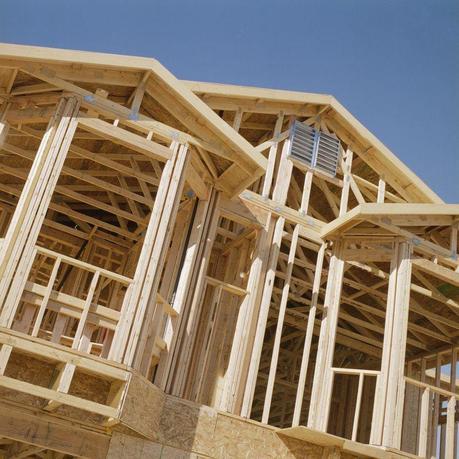
With such a shortage of homes available for sale, more people are thinking about new construction again. Test your knowledge with this short quiz from the Real Estate Buyer’s Agent Council.
TRUE or FALSE
1. The most expensive component of a new single-family home is the kitchen.
FALSE. The land the home sits on is almost always the most expensive component.
2. Insulation is rated by its low-e factor.
FALSE. Insulation is rated by R-value. Low-e is a rating for windows' thermal properties.
3. If the builder does not pay for materials or work completed, a subcontractor can file a construction lien to hold the owner responsible for payment.
TRUE. A lien holds the home owner responsible for payment and clouds the title until cleared. This is why our closing company requires lien waivers and/or paid receipts for any work done to the property within the last 120 days before closing.
4. Buyers of new homes may be funding new roads, parks, water and sewer hookups, schools, and fire and police protection in their community.
TRUE. If a community is experiencing substantial growth, it may be hard pressed to meet accelerating demand for services and infrastructure improvements. In this case, muncipalities may impose impact fees on developers, which are typically passed along to their home buyers. If you are buying a new condo or townhouse, you may be required to help fund the newly formed association with the equivalent of 2-3 months of association fees at closing.
5. When evaluating upgrades in a new home, an appraiser will note granite countertops but will not adjust for the quality grade of the stone.
TRUE. Buyer's agents can help their clients make informed upgrade decisions to avoid potential financing problems from upgrades that raise the price of their new home above its appraised value relative to sale prices of comparable homes without the same high-end upgrades.
6. An Energy Star home must be at least 10 percent more energy efficient than homes built to the 2009 International Energy Conservation Code (IECC) and include additional energy-saving features that typically make them 10-20% more efficient than standard homes.
FALSE. Energy Star standards are stricter than this. Homes must be at least 15% more energy efficient than the 2009 IECC and include energy-saving features that are 20-30% more efficient to earn Energy Star ratings.
7. Speed is an indicator of poor quality construction.
FALSE. This is a common misconception. Reducing a home's exposure to weather is one benefit of faster construction. Further, for production crews, speed could simply indicate that they are familiar with the various home plans and able to work more efficiently.
8. Builders like to do landscaping as soon as the exterior is finished so plants can take root before the new owner moves in.
FALSE. Landscaping is usually left to the last minute so builders can avoid the responsibility and expense of upkeep.
Sharlene Hensrud, RE/MAX Results - Email - Minneapolis-St. Paul Buyer's Agent
RELATED POSTS
- New Construction & Home Inspections
- Photos From New Construction Inspections
- Photos from New Construction Home Inspections, Part II
- New Construction Tip: Discuss storm water management with your builder
- New roof? Remodeling? Be sure to get a lien waiver!

